How To Know Which Services To Keep Doing After COVID
(Click here to watch me go through this on video).
(You can catch up on previous videos here)
The COVID experience let us try some new things. We had to adjust the way we serve the people that we serve, and now we’re doing some sort of returning back to a new normal. In this article we’re going to talk about how you figure out what to keep doing, start doing and stop doing after the COVID situation.
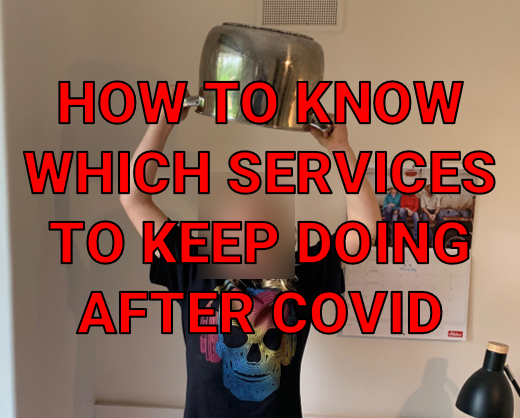
First, there are foundations that we need to have in place.
Opportunity for Culture Change
What we have here is an opportunity to cause some actual culture change. Remember, culture is caused moment-to-moment, conversation by conversation. We have all seen the classic YouTube footage of the dancing man at the Sasquatch Music Festival…
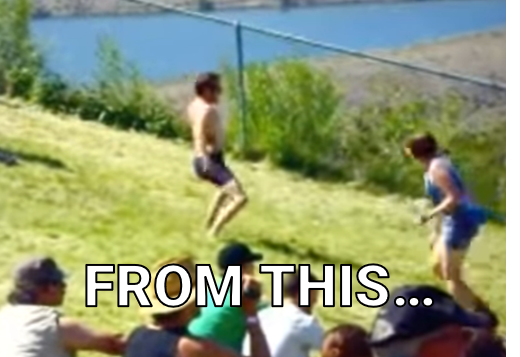
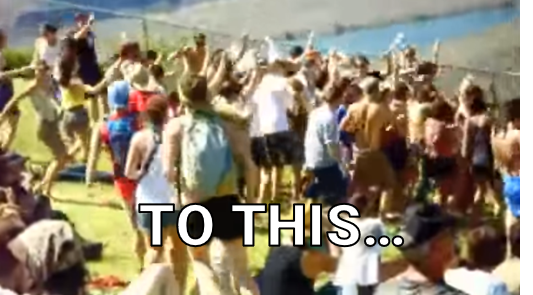
…which is a brilliant metaphor for how change is a contagion, one conversation at a time. This means the way you go about working out which services to keep, change or stop is going to have an impact on your culture.
‘Surfacing’, not ‘Answering’
The second foundation is to think in terms of ‘surfacing’. We’re not looking to ‘answer’ the question “what services do we need to change or bring back in or keep the same”. We’re instead looking to surface what we need to do. Surfacing not answering means we need a reliable way to find these things and recognise them.
Minimum Viable Market
The third foundation is Seth Godin’s idea of the smallest viable market.
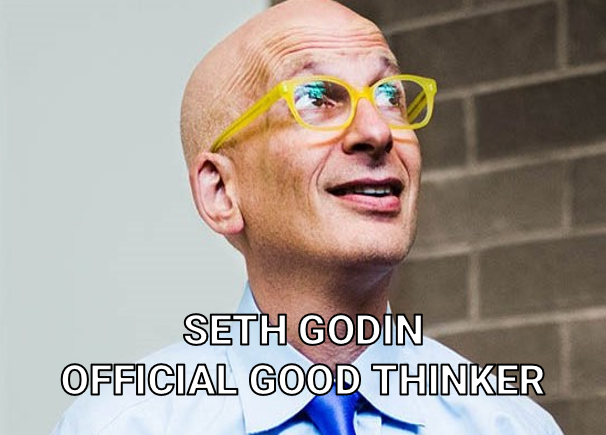
Seth’s definition from his book ‘This is Marketing’ is: “the minimum number of people you would need to influence to make it worth your effort”. ‘Worth your effort’ for us means it will provide you either enough revenue, or if you’re in a government scenario, the greater good is enough that it’s worth your funding.
Why the minimum viable market? Because this means you are truly meeting the needs of a particular group, in a way that will not take the organisation backwards.
Now, how do we actually do it? Like this!…
1. Direction
Being able to surface things as they go does not mean we exist without direction. Direction gives us an idea about what we’re looking for, we need some sort of rough focusing mechanism.
Here’s the simple way to do it. Answer this simple but difficult question:
What are the needs of the people we are serving?
Before we start considering which of the services we’re going to change, bring back in or keep the same, we need to be clear on who is the group we are serving here, and what are their needs. This gives us an aiming point, or a destination in which to continue work.
2. Reality Information
Our second thing we need to look at is Reality Information. We need to collect reality as it’s been, not forever, but over the past period. One source of this information is your data. If you have stats like spin-around times of services, usage of services, those sorts of things, they are great.
The other great bit of reality information is, however, to find out what the experience has been of the people that you are serving. And the great way to do this is to simply ask them:
“What has been your experience of this service during the COVID period?”
You can use focus groups, you can send it out as an open-text response survey question. Open-text because what you’re not going to do is look for the answer in terms of ‘what’s the score between one and seven’. Instead, you’re going to look at the full tapestry of responses and you’re going to see what themes come forward.
The themes are the key, because what we are not looking to do is find the answer. We are trying to surface what sort of answers might be worth investing in.
Pots on the Stove
The third thing we then do is create some Pots on the Stove.
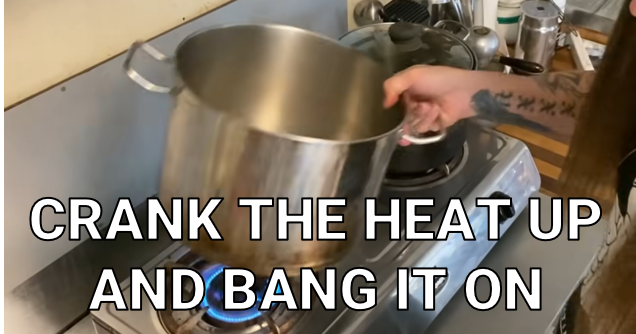
We are going to look at the overall direction, the people we are serving, we’re going to put together all the reality information, and then we’re going to create some pots on the stove.
What’s a Pot? Some examples of a pot might be;
- Changing a service that we already do in a way that reflects what we’ve learned during the COVID experience.
- Not changing a service.
- Going back to doing it the old way.
- Trying to serve a new minimum viable market that’s appeared during COVID.
The point is, we’re not looking to find out through a bunch of research and Excel spreadsheets what the Pot should be. Instead, we are going to create some pots on the stove and place some bets that what we’re cooking in some of the pots will taste good.
A couple of rules of thumbs for the Pots;
- You want one pot to be weird to give ourselves the chance to be surprised.
- None of the pots can send us under if they don’t work, which means front page of the internet for something bad, or we run out of money.
Taste the Food
The fourth thing we do is taste the food. What this means is we look at the results, the information that is coming back to us from our pots on the stove. If you’ve got some quantitative numbers, that’s great. Remember to ask the magic experience question again – “what has been your experience with this service?”
What we’re looking for here is to see which pots we need to grow bigger. Ones we need to put onto a bigger burner, which pots need to be removed from the burner altogether, which ones we need to simmer for a bit longer.
By doing it this way, what we are gradually doing is surfacing the things that are going to add more value to your groups of those you serve, whether it’s people in your community if you are in government or to your set of clients.
And…Governing Body Support
One last thing you need to keep in place when you’re doing this is make sure you’ve got governing body support.
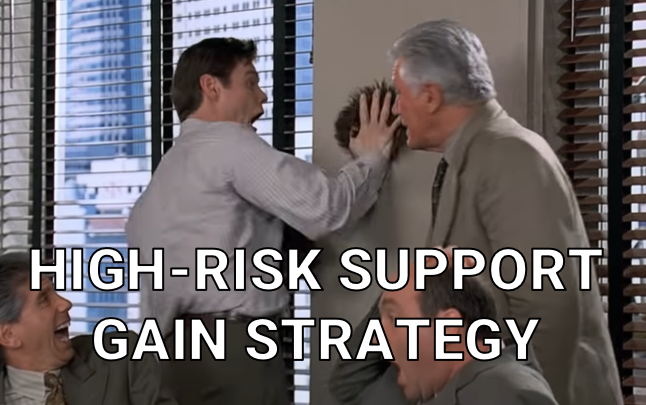
If you’re in local government, we’re talking about the Elected Members. If you’re an organisation that has a Board, we’re talking about that Board. It might be your Exec team if you’re further toward the front of the organisation. Explain to them what you are setting up, and let them know that what you are doing is actively decreasing risk (remember, the first function of a governing body is to keep that body alive, so don’t get annoyed at their risk aversion – it’s their job!)
Let them know that what they’ll be receiving is, rather than an extensive paper which says, “Please take the risk of investing lots of money in this one thing, which on paper should work. And here’s our risk section, which proves everything’s going to be okay“; they’ll instead be receiving the evidence from multiple pots on the stove, why these particular pots deserve more gas, why these particular pots deserve no gas at all. And they’ll have both quantitative evidence plus qualitative experience with themes coming through that explain your decisions.
And all of this allows them to govern the process that will add more value to the community of people that you’re looking to serve. Support? More likely.
Summary
In summary, remember, this is an opportunity for culture change, as you’re changing the way you go about doing business from laborious ‘one-off research and paper report’ to adaptive, information-backed decisions. You’re surfacing things, and you’re looking to create minimum viable markets.
You’ll have an overall direction, you’ll make sure you’re collecting reality information, which allows you to then create some Pots on the Stove. You’ll then taste the food that’s coming through from the stove so you can work out which things you want to invest in more. And this becomes a continual cycle.
Do this, and you’ll now you have a way of working that is more adaptive, which will add more value to the community that you serve, with support from your governing body.
And if you’d like to know next steps for getting this going in your organisation, just get in touch.
